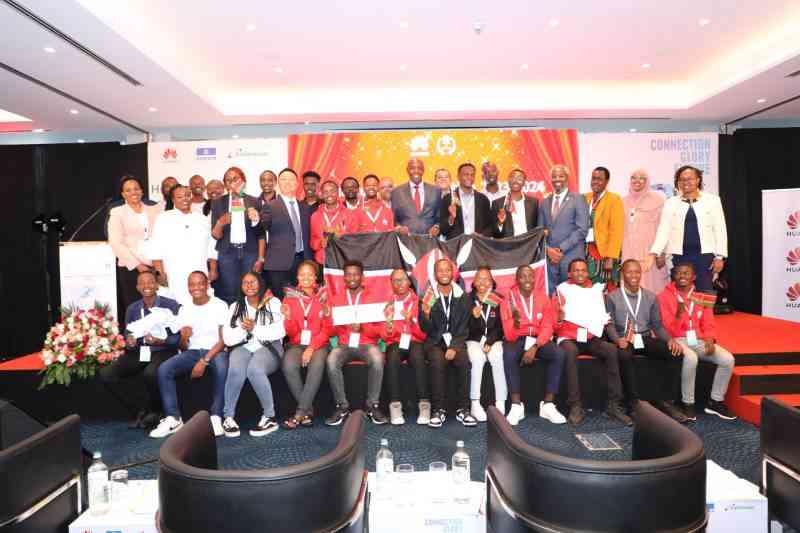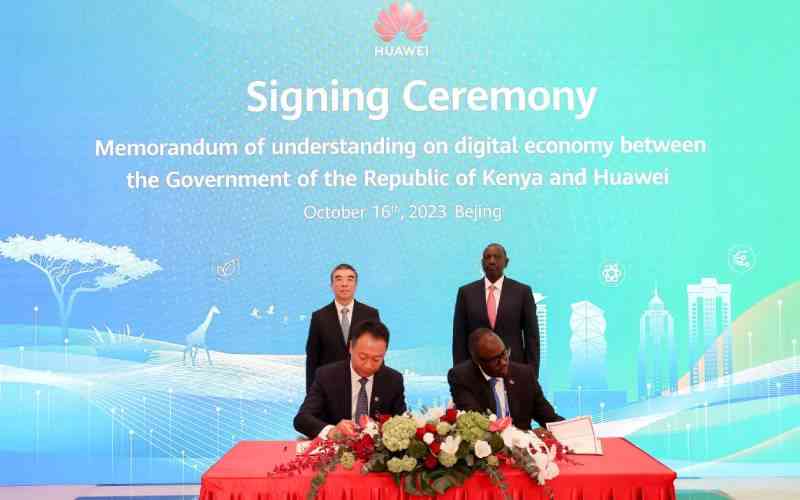Anyone who’s been keen on the global technology industry must have heard of this by now: Huawei last year overtook Apple as the world’s second largest smartphone vendor after Samsung.
Why is that? In October, it launched its latest device, the Huawei Mate 20 Series. Aside from rave reviews, analyst Thomas Husson from Forrester spoke to the media about how Huawei’s latest device would likely be the bestselling smartphone until Samsung releases its its own next year.
I know iPhone fanatics like myself will not be happy about this since the bullish attitude towards Huawei goes completely against market trends. At a time when smartphone manufacturers are starting to lose their luster, it’s not hard to notice that fans have started getting disgruntled, accusing their favourite device makers of being reluctant to innovate.
Huawei, against all odds, launched a truly compelling product that brought excitement back to Techtober, the month (October) when all smartphone manufacturers release new phones.
But how is Apple doing so far? Reports indicate that the company is seeing sluggish sales for its latest devices. Furthermore, the iPhone XR, its attempt to woo the mid-market consumers, has apparently failed to gain traction, so much so that it’s been rumoured that the company has been winding down production of the cheaper alternative in favour of its predecessor.
When Huawei displaced Apple from second place, some speculated that the Chinese powerhouse simply converted Apple’s fans over the years. Admittedly, Huawei has made the switch painless, especially with the introduction of gesture-based navigation in the EMUI 9.0 as well as the handy Phone Clone, but what propelled it forward was its ability to bring something new to the table.
The truth is, since the advent of Internet, the word ‘change’ can best describe how we have experienced life. Internet access has transformed us into a global economic community and has increased sharing of information, which in turn has empowered consumers to make informed decisions when they are purchasing various products and services available to them.
Gone are the days when consumers would purchase a product or service just to associate with the brand name - and for the few who still might buy to associate with its name, the seller has to ensure that their service or product meets particular standards and requirements, or they will eventually lose business.
When purchasing a product, the average consumer is inclined on establishing its value to them. The consumer will assess whether it meets their requirement for purchase and on top of that, if the cost offers value for money.
Recognising this is critical for a business as it is a key driver for the strategic decisions the organisation makes. Questions sellers are forced to address when developing and rolling out products are based on how much they understand their market. For example, the seller will need to understand their market’s behaviour, source of motivation, their expectations and what they really need.
The questions might seem straight forward, but the truth is, they are not. A lot has to go into finding out the answers for this, without relying on a copy-cat mentality. There is always a new way of doing things.
To be innovative so as to meet your consumers’ needs, it is paramount to commit to research and development to ensure the success and sustainability of your business.
Venkatesh Ganapathy, an Associate Professor at Presidency School of Business, says research and development (R&D) “is very relevant in today’s competitive scenario when customers are hankering after new products and new technologies. The firm that can successfully leverage its R&D efforts by translating the efforts in building new products will find itself ahead of its competitors. Expenses on R&D can be considered not as expenditure but as an investment.”
Safaricom, the leading telecommunication company in the East Africa, has remained on top for offering innovative products. The latest innovation was their collaboration with KCB and CBA to offer an M-Pesa overdraft, Fuliza. In the eight days after its launch, they had surpassed the Sh1 billion mark and were heading to Sh1.5 billion, according to a Reuters report.
Stay informed. Subscribe to our newsletter
Their investment in understanding the regional community has enabled them to remain relevant in the market, and in turn to be the most profitable telecommunication company in the region.
- The writer is a reporter with The Standard.
 The Standard Group Plc is a
multi-media organization with investments in media platforms spanning newspaper
print operations, television, radio broadcasting, digital and online services. The
Standard Group is recognized as a leading multi-media house in Kenya with a key
influence in matters of national and international interest.
The Standard Group Plc is a
multi-media organization with investments in media platforms spanning newspaper
print operations, television, radio broadcasting, digital and online services. The
Standard Group is recognized as a leading multi-media house in Kenya with a key
influence in matters of national and international interest.
 The Standard Group Plc is a
multi-media organization with investments in media platforms spanning newspaper
print operations, television, radio broadcasting, digital and online services. The
Standard Group is recognized as a leading multi-media house in Kenya with a key
influence in matters of national and international interest.
The Standard Group Plc is a
multi-media organization with investments in media platforms spanning newspaper
print operations, television, radio broadcasting, digital and online services. The
Standard Group is recognized as a leading multi-media house in Kenya with a key
influence in matters of national and international interest.









